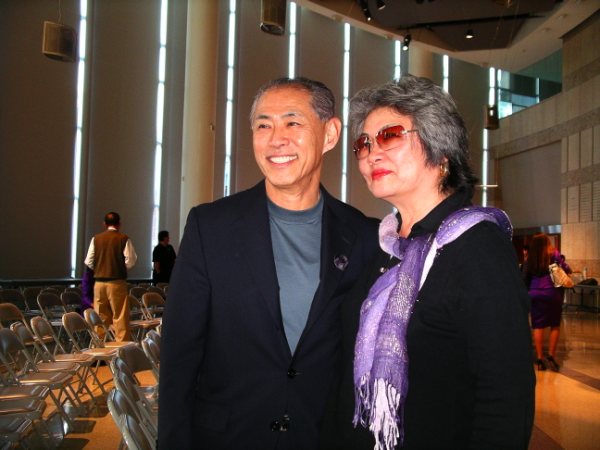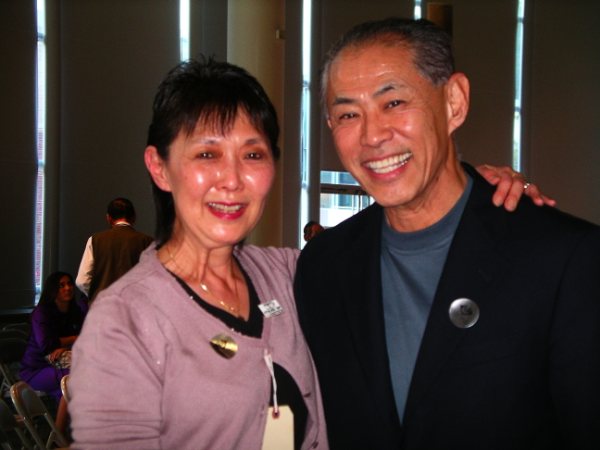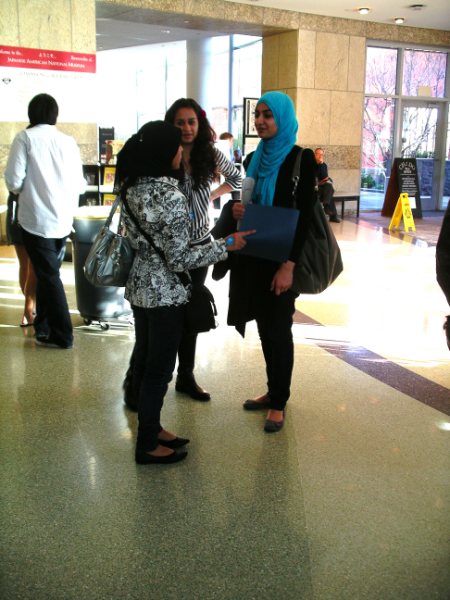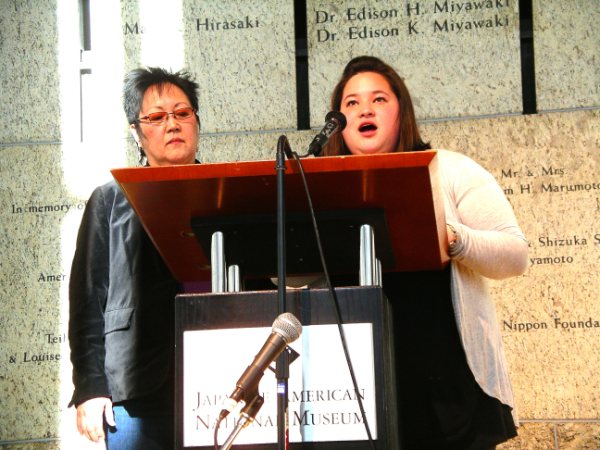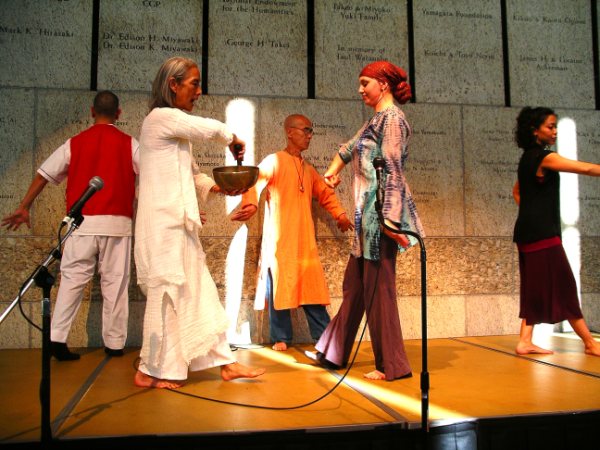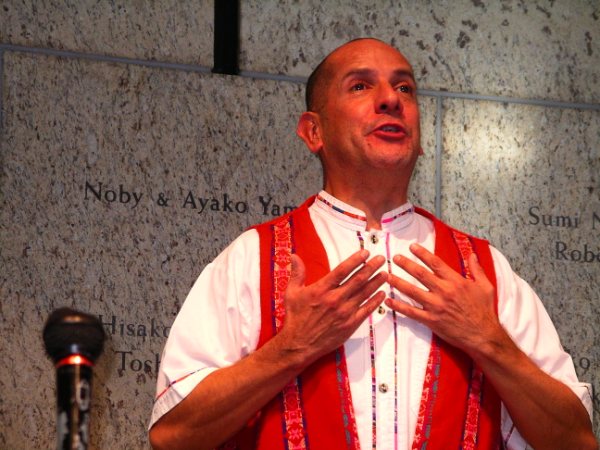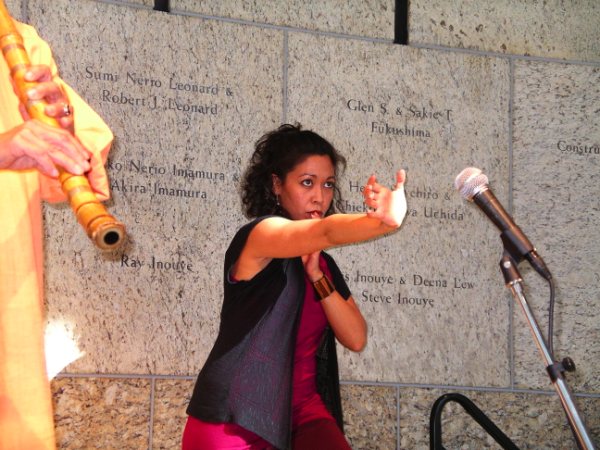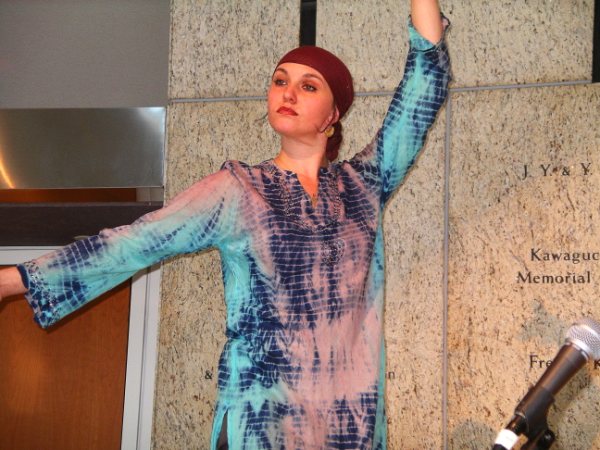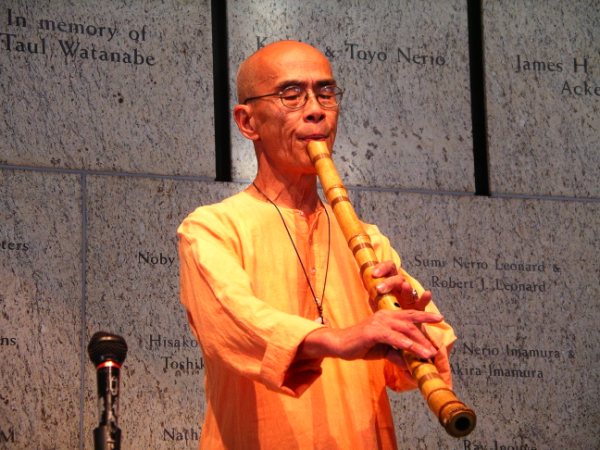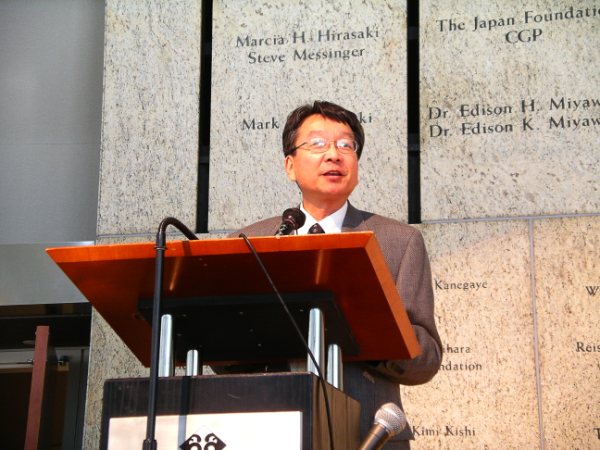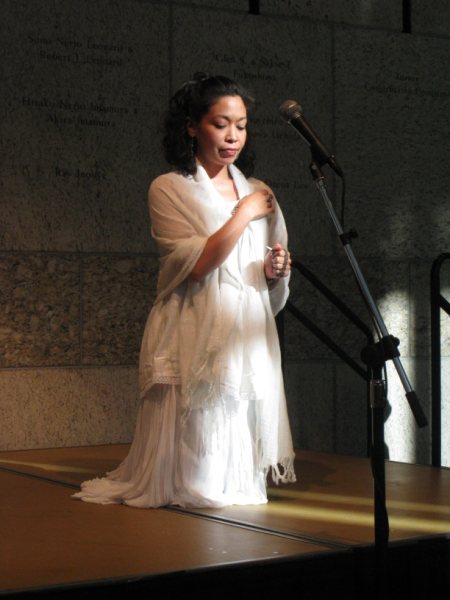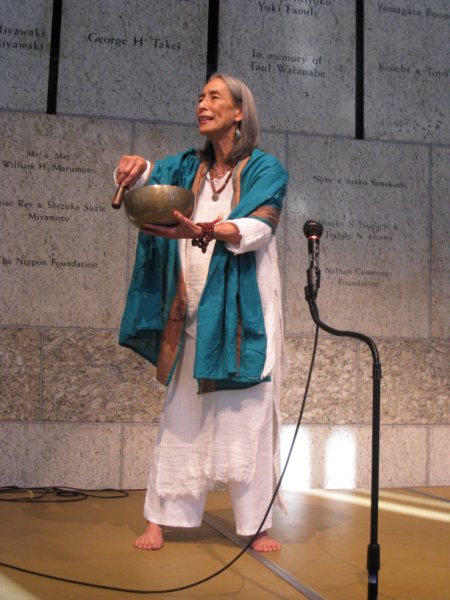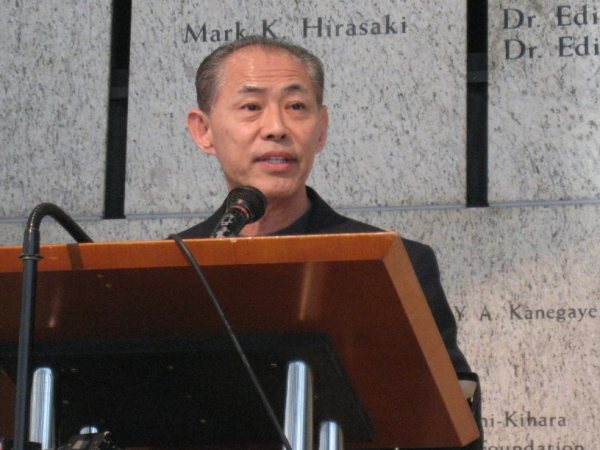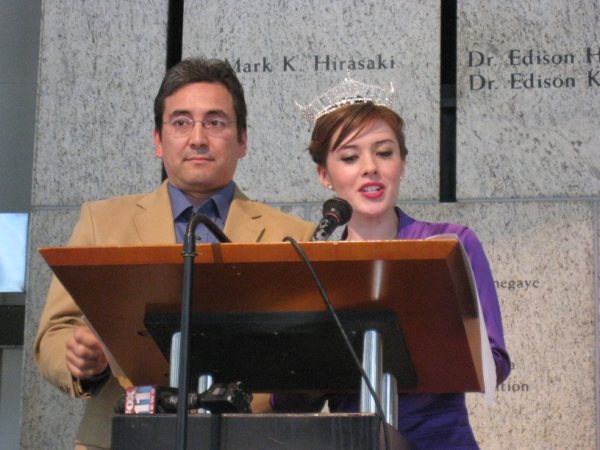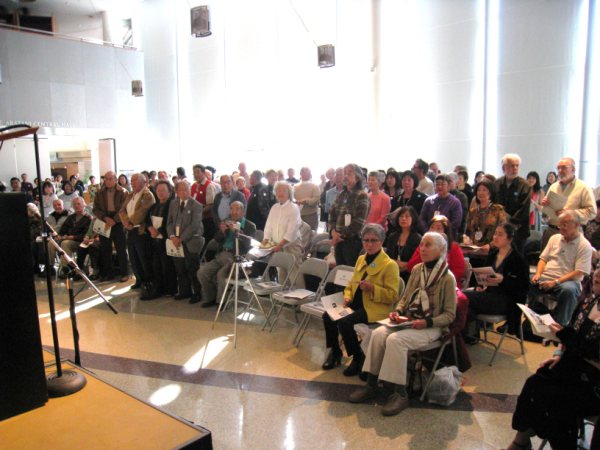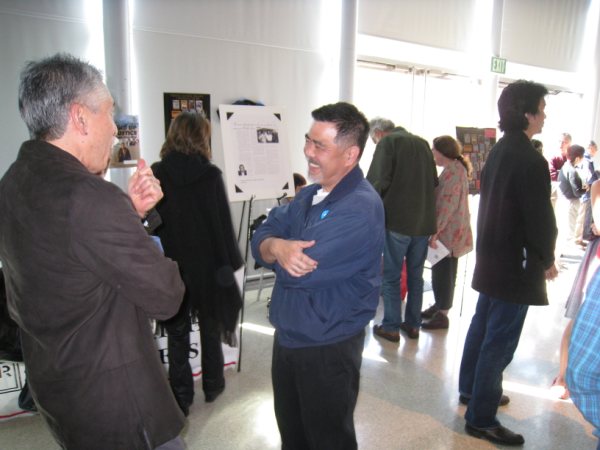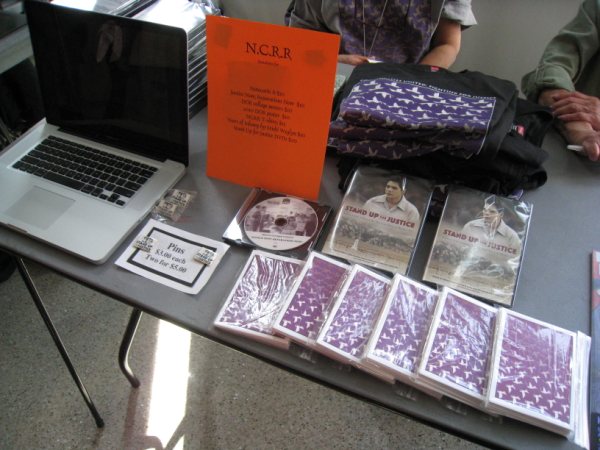Rafu Shimpo, Feb. 23, 2010
Click here to see/hear Dale Minami-1 and here to see/hear Dale Minami-2.
“Let us remember the lessons. That justice is not self-executing. It is not a gift. It is a challenge.” Keynote speaker Dale Minami said as he closed out his speech at Saturday’s Day of Remembrance 2010 program at the Japanese American National Museum in Little Tokyo. “We cannot rely on our institutions alone to protect our rights.”
As eloquently explained by JANM’s Chris Komai and emcees 2009 Nisei Week Queen Dana Heatherton and Tony Osumi, the lessons of DOR 2010 have not changed in importance or meaning in the 68 years since President Frankly D. Roosevelt signed Executive Order 9066 and permitted the unconstitutional, forcible incarceration of 110,000 Japanese Americans.
But as time continues to push forward, as the numbers of those who lived these experiences continues to dwindle, and as new generations wholly removed from World War II and internment push the JA community and America into the future, the manner in which the lessons of DOR are relayed have given birth to new forms of edification.
On Saturday, there was the artistic performance “Leaps of Faith”, emoted by a group or artists known as Great Leaps who used music, poetry, movement and personal story to help promote unity through diversity.
There was the digital, when excerpts from the film “Of Civil Wrongs and Rights”: the Fred Korematsu Story” were shown in an effort to educate the DVD generation on the story of Fred Korematsu, who refused to obey Order 9066 and thus propelled himself into a lifelong struggle that not only ended up vindicating the Issei and Nisei generations, but also impressed itself upon the Sansei generation who eventually helped get his conviction overturned.
There was the personal, as Minami, one such Sansei and a “rock-star” attorney for Asian Pacific American civil rights, recounted Korematsu v. United States lawsuit that overturned a 40-year old conviction, giving way to the government’s first public acknowledgement of its unconstitutional denial of rights to its own citizens during World War II and culminated in the signing of the Civil Liberties Act of 1988.
And there was the physical, each of the 240 in attendance were given a tag, recreated to resemble the ones that Japanese Americans heading for internment were given. Each tag held the name of one of the 60 camps, from the well known like Manzanar and Tue Lake, to the unfamiliar like Fort Bliss and Sand Island.
“Growing up Muslim in America, I’ve gone through a lot of racism,” added 16-year-old Shehzaib Rahim about the similarities between what the Muslim community has undergone in the wake of 9/11 and what the JA community underwent nearly 70 years ago.
“I knew Japanese Americans dealt with racism because of Pearl Harbor,” he said, “but I didn’t know they dealt with such similar racism and such extreme racism. Some of it is even more extreme than what I go through.”
“I think the most important thing is to understand history and by understanding history you get a sense of who you are,” Minami told the Rafu Shimpo after the program. “By placing yourself within that flow of history, you can understand that what you are a part of is an evolving, growing community. That you are part of something larger. You can understand not only the struggles of your parents and grandparents, which gives you hope, which gives you strength, gives you knowledge, but you can understand looking forward, where you can go and what you can do.”
What the youth of today can do is an important process that will continue to expand the ways in which edification can and will take place. For example, Khadijah Abdul-aleem learned of Bridging Communities through the social networking website Facebook and thus ended up attending Saturday’s event.
“I think this is a perfect example of making the younger generation know,” said Nada Mahoud another Bridging Communities student. “Each person who learns something new can go to someone else who doesn’t know about it and tell them. It would just spread that way.”
